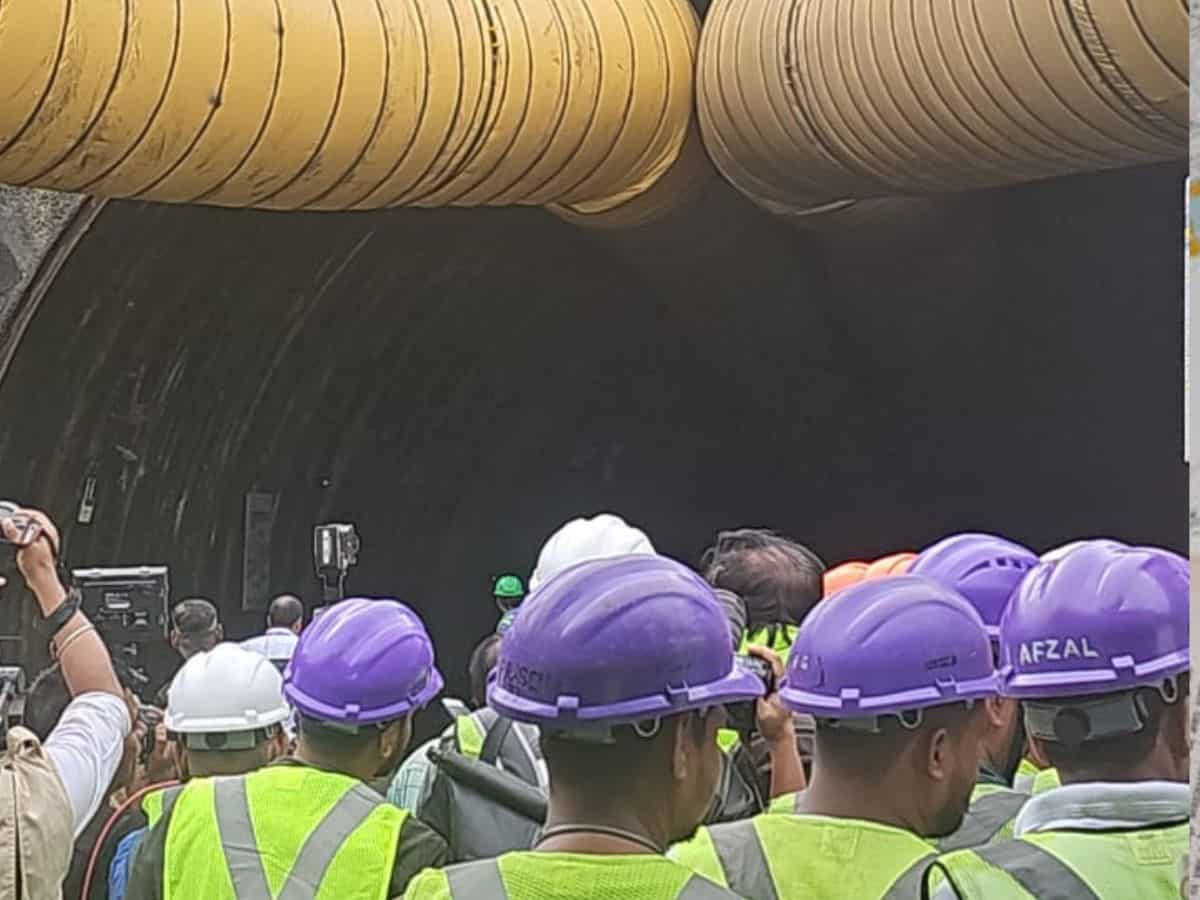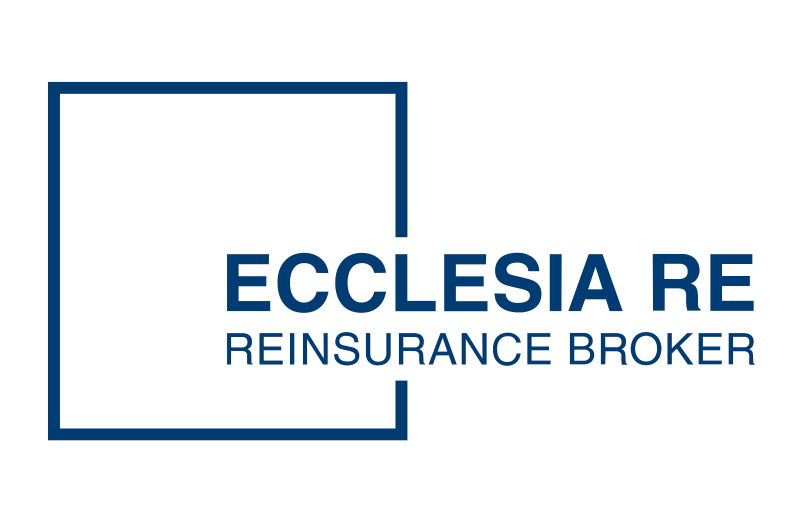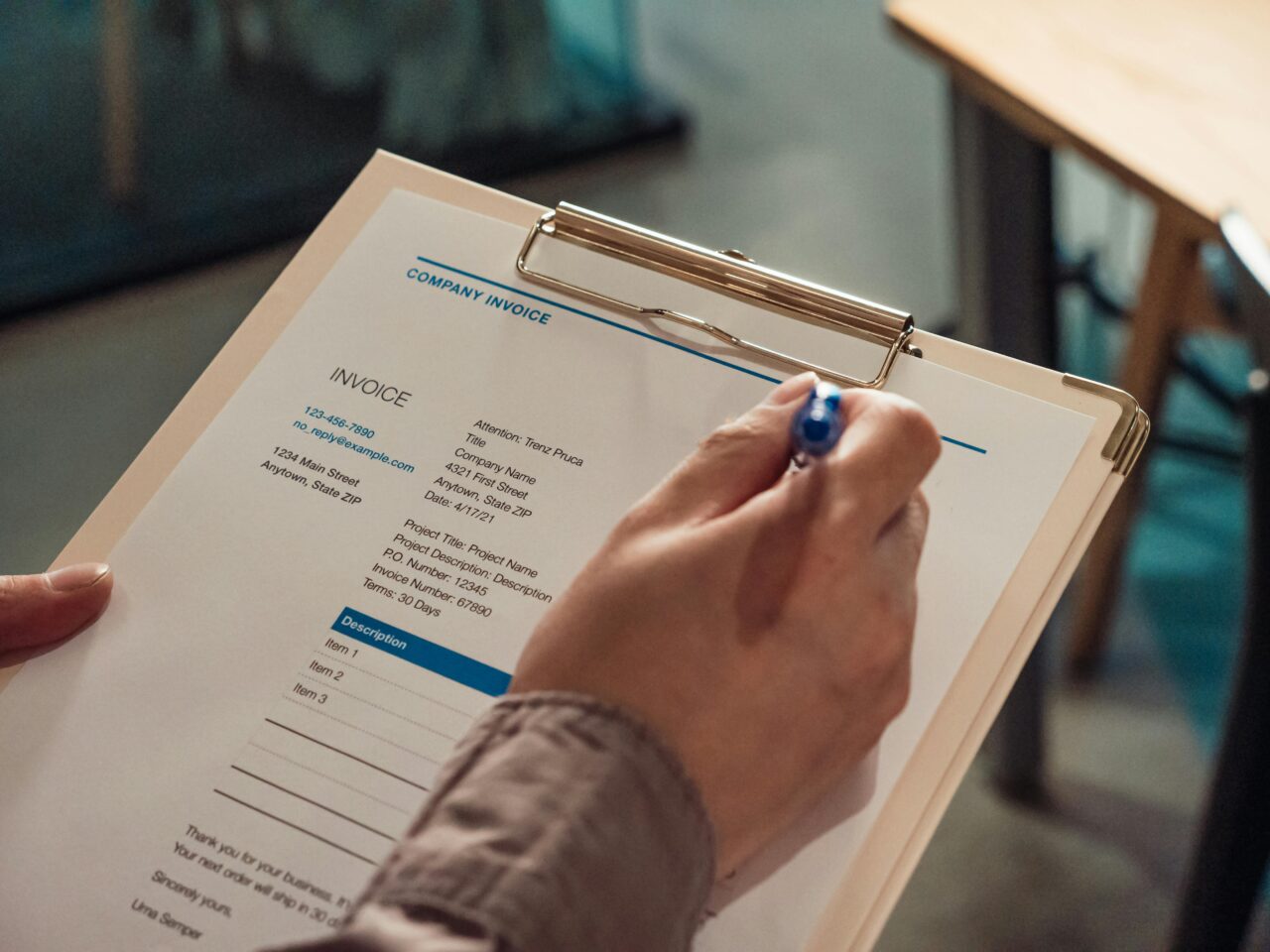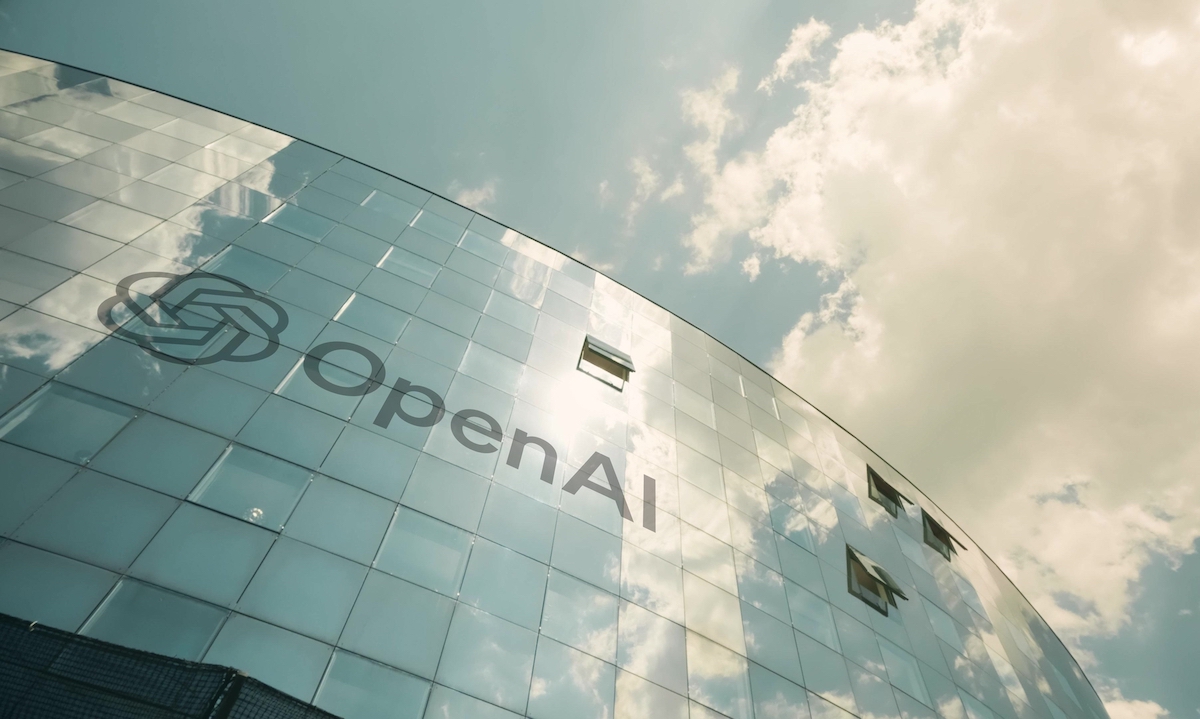Pick any software-as-a–service (SaaS) firm and try to imagine what could go wrong. Some metrics might go haywire. Perhaps gross retention rate hits 90% and 10% of customers bail. Doesn’t usually happen if a solution is sticky. Maybe the CEO has been playing grab-ass with the interns. Replace him and placate all the people who pretend to be outraged. A lawsuit accusing the company of fraud? Hire a third-party forensic accountant and get to the bottom of it. All those things wrapped up in a short report might be the worst thing that could happen to a software firm, aside from company-specific black swan events – Rumsfeld’s “unknown unknowns.”
Now, think about all the things that might go wrong with a space company whose business involves strapping sophisticated equipment on the back of canisters of fuel and sending them hurling into space. There, the equipment will hopefully provide services people are willing to pay for and fingers crossed it doesn’t malfunction. To our previous list of things that can go wrong at a SaaS firm, add to it regulatory constraints, exploding rockets, malfunctioning equipment that can’t be accessed for repair, and loads of space junk threatening to destroy all the stuff you worked so hard to put up there. Space may be one of the most exciting themes we cover, but it’s also one of the riskiest.
The Geospatial Intelligence Opportunity
Taking pictures of the planet from space and then mining that data for insights – geospatial intelligence – is an intuitive thesis which – according to Planet Labs (PL) – represents a $125 billion opportunity across multiple industries. C







































